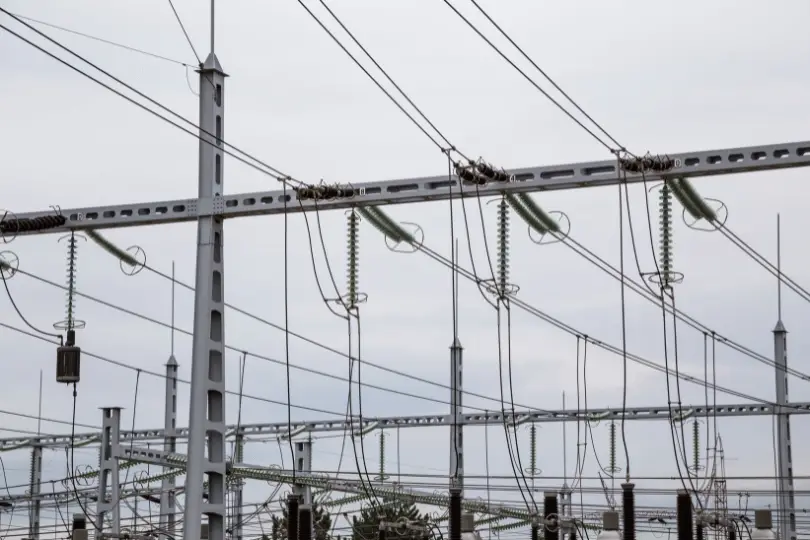What is an electrical bus in substations?
An electrical substation serves as a critical hub in the power transmission and distribution system. One of the key components of a substation is the electrical bus. This term may evoke images of a vehicle transporting passengers, but in this context, it refers to a completely different concept.

An electrical bus in a substation is essentially a conductor or a group of conductors that serve as a common connection point for two or more electrical circuits. It acts as a junction where multiple transmission lines converge. The bus is typically energized at all times, and all circuits connected to it can draw power from it.
The design and configuration of the bus play a significant role in the operation and reliability of the substation. There are several types of bus configurations, each with its own set of advantages and trade-offs. Let’s get to know some of them:
- Single Bus: This is the most basic configuration, characterized by its simplicity and cost-effectiveness. All feeders and transformer bays are connected to a single main bus. However, this configuration offers the least system reliability. Any faults in the bus or failure of circuit breakers can result in a complete shutdown of the substation.
- Sectionalized Bus: This configuration involves dividing a single bus bar into sections using a circuit breaker. If there are multiple incoming sources and these sources and outgoing feeders are evenly distributed across the sections, the impact of a system interruption can be significantly reduced.
- Double Bus: This configuration involves the use of two identical bus bars. Any outgoing or incoming feeder can connect to either of the buses. Each feeder is connected to both buses in parallel through individual isolators. This setup offers greater flexibility and reliability.
The choice of a particular bus configuration depends on various factors, including system voltage, the position of the substation in the power system, the degree of flexibility required, and cost considerations.
The electrical bus in a substation is a crucial component that facilitates the flow of electricity from the power source to the end users. Its design and configuration significantly influence the efficiency and reliability of the power transmission and distribution system. Understanding its function and different configurations is essential for anyone involved in the field of electrical engineering.